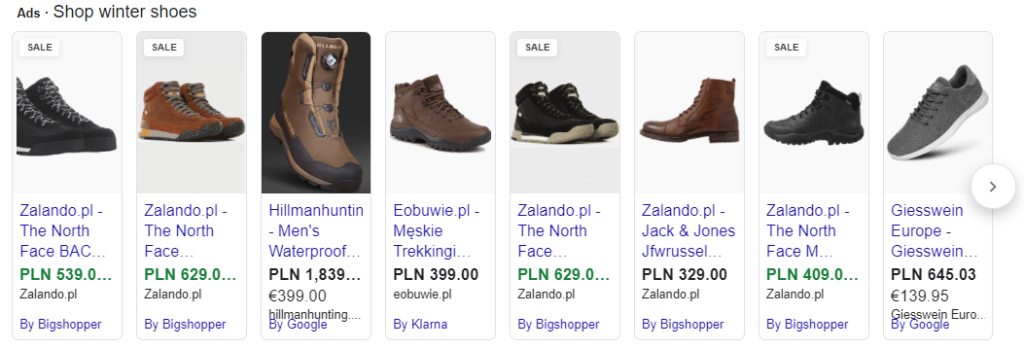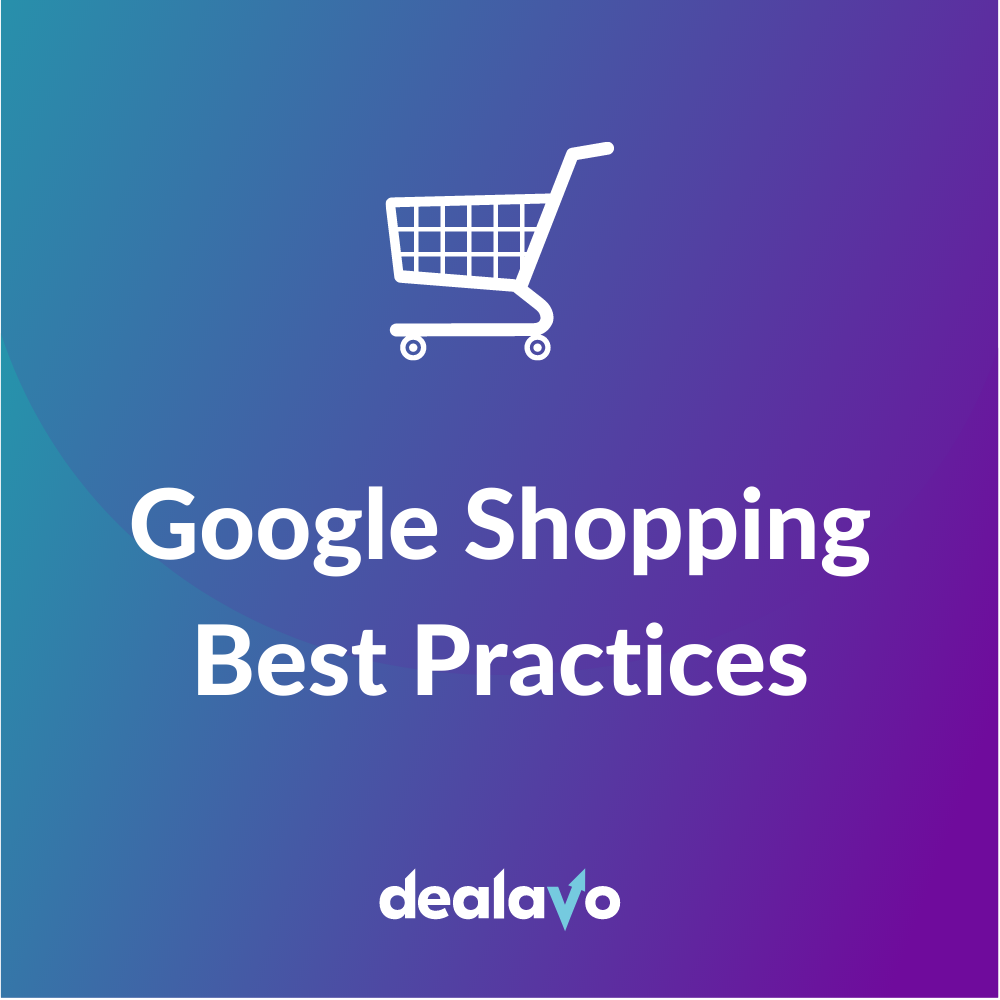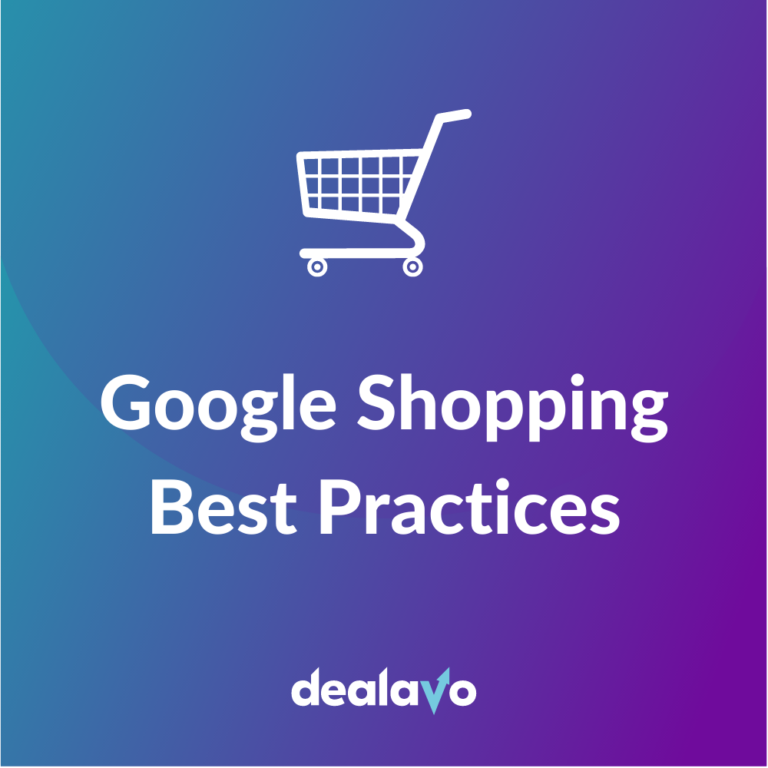
Is Google Shopping the best price comparison website? – Find Google Shopping alternatives for your Internet shop
- 19 May 2023
Google Shopping is probably the world’s most popular product search and comparison tool. According to Google’s official data, people use their comparison service more than a billion times a day. That’s surely an impressive number, but what about other similar websites out there? Let’s have a look!
It might seem that Google Shopping dominates this market, and there is no place for other similar services. And the truth is, they are the undisputed number one:

Source: https://www.statista.com/statistics/1341380/most-well-known-price-comparison-portals-in-the-united-states/
Still, there is some room for other such websites, too. So, in this article, we’ll look at other price comparison engines worth knowing if you are selling online.
What are the differences between them? How do they compare with Google Shopping? What tools should you use to maximize the profit from selling your products on the platforms? Keep reading to find out and get answers to these vital questions.
What are comparison websites?
Let’s start with the basics: What are shopping/price/product comparison sites? There are several ways to answer this question, but the simplest one is that they are platforms for online sales and shopping.
For a long time, Google Shopping led the market, but the growing popularity of online shopping has made other comparison engines more recognizable in consumers’ eyes. Sometimes the reach of such a comparison engine is limited to a particular country (e.g., Ceneo in Poland); sometimes, it’s access to many international markets.
Importantly, this type of tool is used effectively by both buyers and sellers. In this article, we’ll focus mainly on the second group since using such websites in your online sales strategy will help you attract a larger target audience in a significantly shorter period of time.
(Incomplete) list of price comparison websites
The title from the headline is not coincidental because it would be challenging, if not impossible, to create a complete list. After all, many comparison websites are regional, and new platforms are being created all the time.
That’s why we’ve selected just a few of the biggest or most interesting ones worth a mention.
Yahoo Shopping and PriceGrabber
Yahoo is an interesting case because its strategy is similar to Google’s – they have their own search engine, email, and sales platform. They have implemented some exciting features, including wish lists and product/price tracking.
The principle is similar to Google Shopping: you need to create an account: in this case, at PriceGrabber, and link it to Yahoo’s online store. The advantage of such a solution is that your product list will appear in both places.
Any downsides? The solution is limited to a few countries: the United States, Canada, the United Kingdom, Mexico, and Brazil.

Idealo
Idealo is a German comparison website active in several European countries. The service works on both desktop and app, making browsing (or managing) products much easier.
Idealo offers several attractive solutions (e.g., warehouse integration, analytics), including an easy connection to Shopify, making connecting any new store to the comparison engine seamless. This is an effective solution for many drop shipping businesses whose goal is to reach the broadest possible customer base.
What about the disadvantages? Certainly, the tool’s limitation to a few selected European countries forces retailers who want to operate internationally to look for additional solutions.

Shopping.com
Shopping.com is a comparison website owned by eBay that offers access to a wide audience. According to their official data, they have about 1.7 billion listings and more than 134 million active buyers from around the world.
Shopping.com is an excellent alternative to Google Shopping, allowing you to reach a new public. With hundreds of product categories, a wide selection, and the growing popularity of eBay and Shopping.com, more and more buyers are willing to reach out.
Are there any negatives? Similar to the previous ones, i.e., the limitation of the tool to a few countries (the USA, Canada, UK or Germany, and France, among others).

Google Shopping
There are many other price comparison websites on the market (e.g., Shopzilla, Pronto, Camelcamelcame, or even Ceneo in Poland), but Google Shopping is the most recognized one. However, its popularity does not come from anywhere, as it is available in many countries – more than 90 on all the continents.
These numbers speak for themselves; plus, Google is a recognizable, trusted brand. Its search engine is the most widely used, and linking product results to it makes advertising more effective.
However, this also brings some disadvantages that must be mentioned, especially the considerable competition. In practice, this means you need to plan your campaign well (based on keywords, analytics, and target audience, among other things) to reach out to potential customers.

Take a full advantage of your Google Shopping Ads!
Want to sell more on any platform? Use a price monitoring tool
Every comparison website has its pros and cons, but there’s no denying they offer tremendous opportunities to grow your business and increase sales. With certain conditions, of course.
Creating an account and listing your products is not enough to be an effective seller. You also have to take care of analytics, promotions, margins, the creation of competitive offers, and many other tasks that would only be possible with the right tools.
With the ever-growing presence of price comparison websites, it is increasingly important for retailers to make sure that their prices are up-to-date and competitive.
Price monitoring helps retailers stay ahead of the competition by ensuring that their prices are always in line with the market and that they can adjust their prices accordingly. It also helps them identify any discrepancies between their own pricing and those of other retailers, allowing them to take corrective measures if necessary.
By making use of price monitoring tools, retailers can make sure that they are always present on price comparison websites, thus increasing their visibility and reach among potential customers.
Try Dealavo – a price monitoring tool for brands and retailers!
Struggling with insufficient ROI? Try ROAS Booster
Selling on Google Shopping may seem intimidating at first, but with the right tools, you can skyrocket your ROAS and see fantastic results.
That’s where ROAS Booster comes in!
This game-changing platform takes the guesswork out of your Google Shopping campaigns, ensuring you get the highest possible return on your investment. Say goodbye to the frustration of manually fine-tuning your campaigns for max profitability – ROAS Booster makes it simple! With features like automatic bid adjustments and advanced data analysis, you can sit back and relax while ROAS Booster does all the heavy lifting.
In a nutshell, ROAS Booster equals:
- higher sales volume from your ad campaigns budget;
- time-saving – as you don’t need to choose the product manually,
- unique data – at Dealavo we focus on the most important parameter – the price and its fluctuations;
- quick start and fast effects – service kick-off is possible even in 24 hours, the first visible results even after 4 weeks;
- full automation – automated price tracking and price optimization along with real-time margin monitoring.
Don’t let the difficulty of Google Shopping hold you back – try ROAS Booster today!




